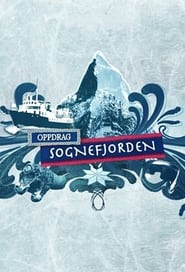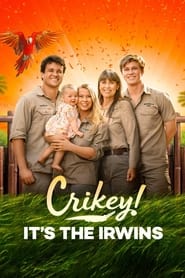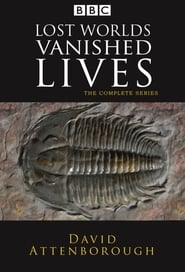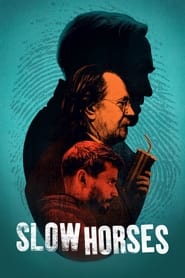
1 Lub Caij
12 Zaum
Trials of Life - Season 1 Episode 2
This programme describes the ways that various species care for their young. Attenborough defines childhood as achieving two tasks: growing and surviving. He highlights the elephant seal as an animal that experiences a compressed childhood, being abandoned after three weeks and left for up to another eight alone, while it becomes large enough to be able to swim. For terns, there is safety in numbers as the dense population works together to drive out marauding gulls. The snow geese in the Russian arctic show intense devotion as they escort their goslings by foot to the coast some 50 kilometres away. Scorpions carry their young on their backs, while a shrew will leave hers under a stone while she goes to feed. The eider duck is one creature that shares responsibility for its offspring: females regularly supervise the ducklings of others in a group. The mara is another that uses a crèche system, as does the bat, whose nurseries can be up to a million strong. The Florida scrub jay has developed complex parental relationships, using teams rather than pairs. Such behaviour is exhibited on a larger scale by elephants, where all females take an interest in raising a single calf. A chimpanzee’s childhood is socially complicated, as an individual must learn how to behave towards others, as well as master the use of tools. Albatrosses must be accomplished fliers as soon as possible - chicks are shown being hunted by tiger sharks.
- Xyoo: 1990
- Ncig Teb Chaws: United Kingdom
- Genre: Documentary, Family
- Studio: BBC One
- Cov ntsiab lus: wildlife, animals, nature, nature documentary, animal behaviour
- Tus Thawj Coj:
- Pov Pob Tseg: David Attenborough


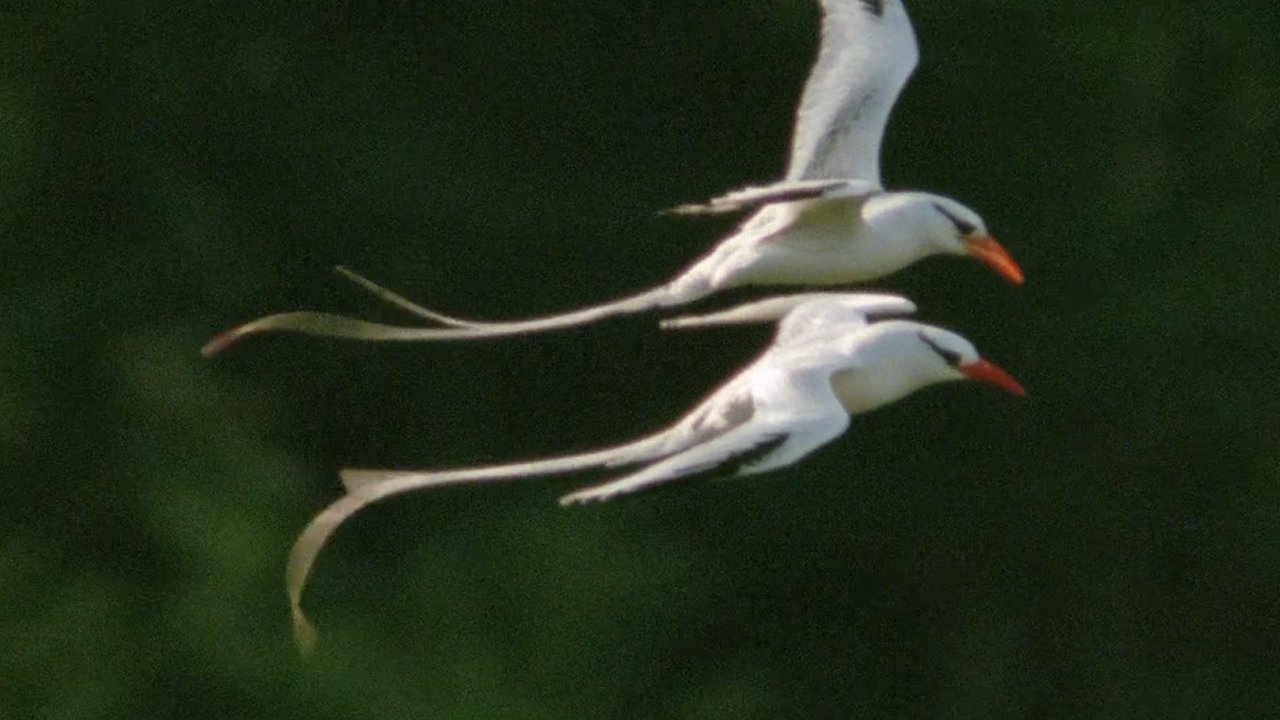
 "
" "
" "
" "
" "
" "
" "
" "
" "
" "
" "
" "
"